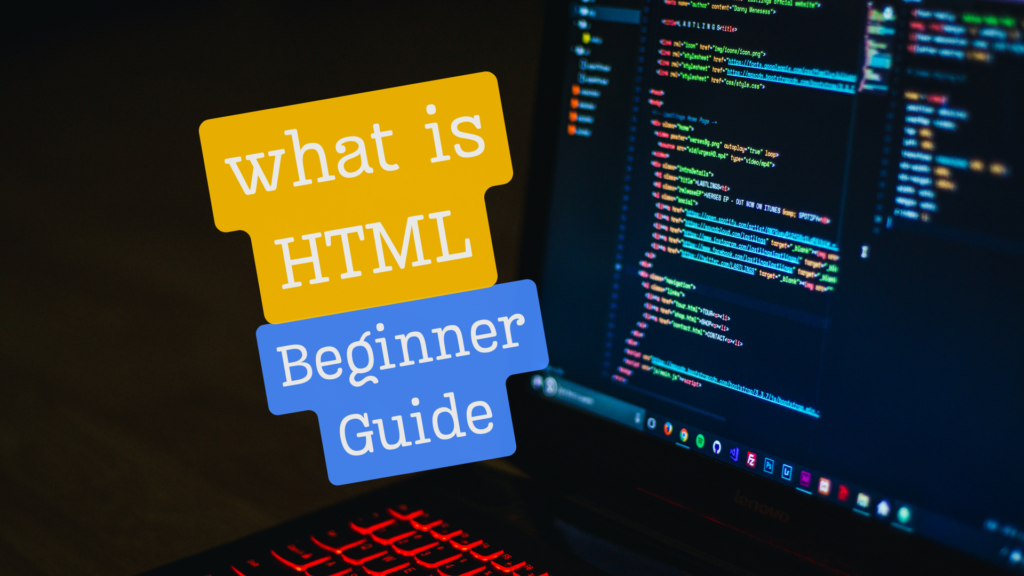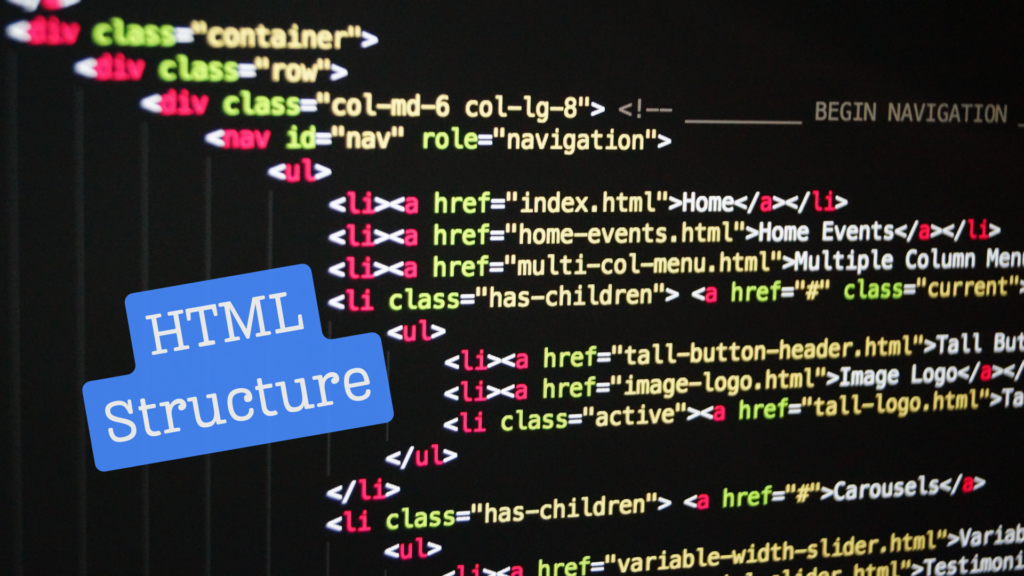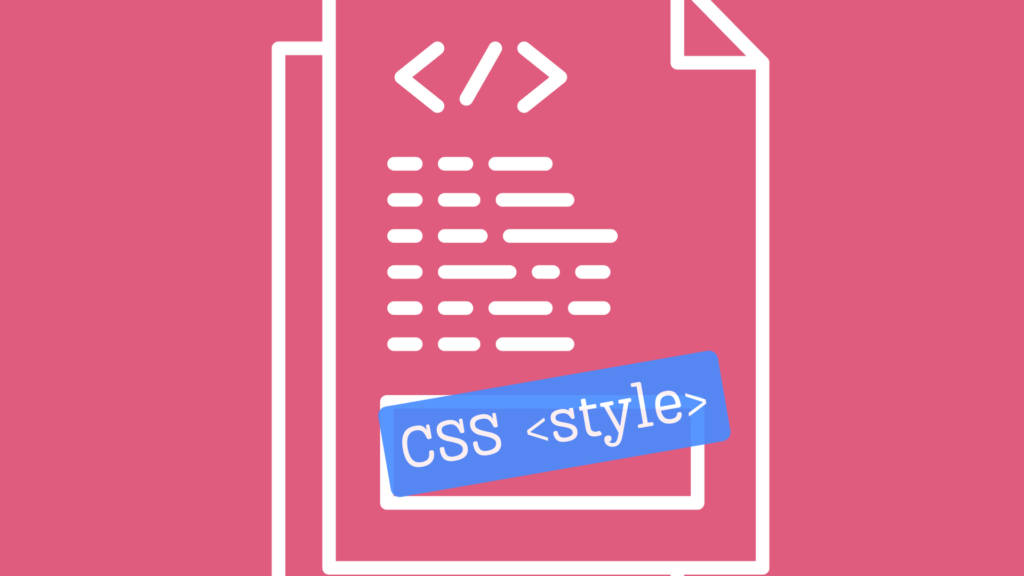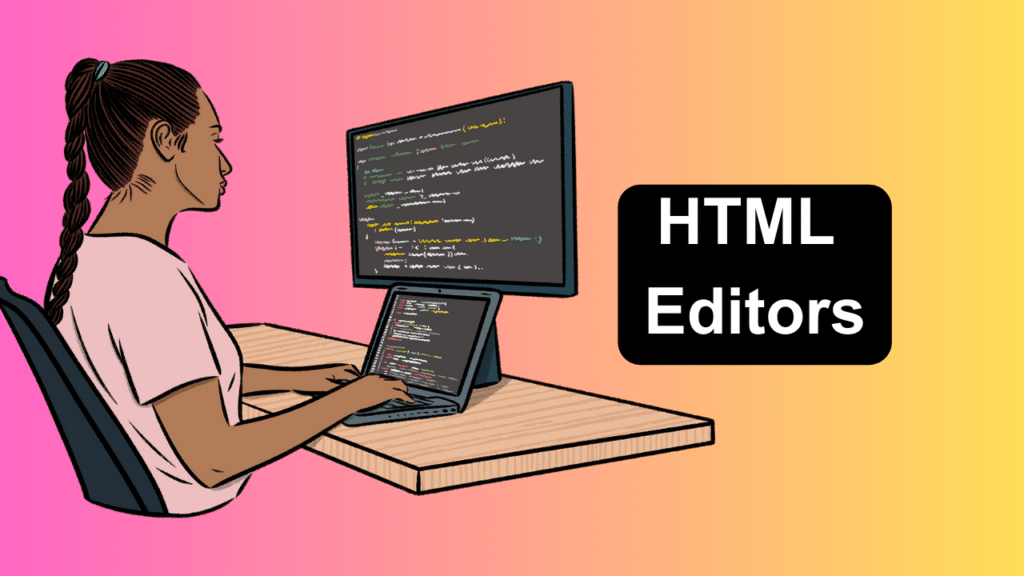Introduction to HTML
HTML stands for Hypertext Markup Language. It is the backbone of the internet. HTML is the standard language used to create structured web pages. Whether you’re a beginner or have some experience with web development, understanding HTML is crucial. In this article, we will demystify HTML by covering its basics, tags, elements, document structure, attributes, styles, doctype, links, images, forms, tables, templates, common coding mistakes, and resources for beginners.

The Basics of HTML
HTML is a markup language consisting of a series of tags that tell web browsers how to display content. It uses a simple and intuitive syntax, making it accessible to everyone. To get started, all you need is a basic text editor and a web browser. HTML documents start with a doctype declaration, followed by the opening and closing HTML tags. The content is then enclosed within the opening and closing body tags. HTML tags are enclosed within angle brackets, and most tags have an opening tag and a corresponding closing tag. For example, the paragraph tag is written as ‘<p>’ for the opening tag and ‘</p>’ for the closing tag.
Understanding HTML Tags and Elements
Each tag serves a specific purpose and has its own set of attributes. Some common Hypertext Markup Language tags include headings ‘<h1>’ to ‘<h6>’, paragraphs ‘<p>’, Links ‘<a>’, Images ‘<img>’, Lists ‘<ul>’ ‘<ol>’ ‘<li>’, and Tables ‘<table>’ ‘<tr>’ ‘<td>’. HTML elements are made up of a combination of tags and content. For example, a heading element consists of an opening and closing tag, with the heading content in between.
Hypertext Markup Language Document Structure

Every Hypertext Markup Language document follows a specific structure to ensure compatibility across different browsers. It starts with the doctype declaration, which tells the browser what version of HTML is being used. This is followed by the opening and closing HTML tags, which contain the entire document. The head section contains meta information, such as the title of the page and links to external stylesheets. The body section contains the visible content of the page, including text, images, and other elements.
HTML Attributes and Their Importance
Hypertext Markup Language attributes provide additional information about an element. They are used to modify the behavior or appearance of an element. Attributes are placed inside the opening tag of an HTML element and consist of a name and a value. For example, the ‘Src’ attribute of the image tag specifies the URL of the image file. Attributes can be used to control the size, color, alignment, and other properties of elements. Understanding how to use attributes effectively is essential for creating well-structured and visually appealing web pages.
Using Inline Styles and External CSS
Inline styles and external CSS (Cascading Style Sheets) are two methods used to style HTML elements. Inline styles are applied directly to individual elements using the ‘<style>’ attribute. This method is useful for making quick changes or styling specific elements. However, it can become cumbersome to manage when applied to multiple elements.

External CSS, on the other hand, allows you to separate the styling from the HTML content. It is more efficient and maintainable, especially when applied across multiple pages. By linking an external CSS file to your HTML document, you can define styles in a centralized location and apply them to various elements.
HTML Doctype and Its Significance
It specifies the version of Hypertext Markup Language being used and helps browsers interpret the code correctly. The doctype declaration comes before the opening HTML tag and tells the browser to render the page in standards mode.
Without a doctype, browsers may interpret the code differently, leading to inconsistencies in how the page is displayed. It is crucial to include the appropriate doctype declaration to ensure cross-browser compatibility and adherence to web standards.
Creating Links and Anchor Tags in HTML
Links are essential for navigating between web pages and connecting different parts of a website. Links are created In Hypertext Markup Language using the anchor tag ‘<a>’. The anchor tag requires an ‘<href>’ attribute, which specifies the URL of the destination page. Additionally, you can use the ‘<target>’ attribute to control how the linked page opens.
This allows you to open the linked page in a new tab or window. Links can be styled using CSS to change their appearance, such as color, underline, and hover effects. Mastering the creation and styling of links is fundamental for building a user-friendly and interconnected website.
Working with Images in HTML
Images are a vital component of web design, providing visual appeal and enhancing the user experience. In Hypertext Markup Language, images are inserted using the image tag ‘<img>’. The image tag requires the ‘<src>’ attribute, which specifies the URL of the image file. You can also use the ‘<alt>’ attribute to provide alternative text for screen readers and search engine optimization. Additionally, HTML provides attributes for controlling the size, alignment, and border of images. By understanding how to work with images in Hypertext Markup Language, you can effectively incorporate visuals into your web pages.
HTML Forms and Input Types
Forms are created in Hypertext Markup Language using the form tag ‘<form>’ and contain various input elements. Input elements include text fields, checkboxes, radio buttons, dropdown menus, and submit buttons. Each input element has its own set of attributes, such as the ‘<type>’ attribute, which specifies the type of input. For example, the ‘<type>’ attribute can be set to “text” for a text field or “submit” for a submit button. Understanding how to create and validate forms is crucial for collecting user input and building interactive web applications.
HTML Tables and Their Uses
Tables are used to organize and present tabular data on a web page. In HTML, tables are created using the table tag ‘<table>’ and consist of rows and cells. Each row is created using the table row tag ‘<tr>’, and each cell within a row is created using the table data tag ‘<td>’. Tables can have headers, which are created using the table header tag ‘<th>’.
Hypertext Markup Language provides attributes for controlling the alignment, borders, and spacing of tables. By mastering the creation and styling of tables, you can effectively display complex data in a structured and organized manner.
Hypertext Markup Language Templates and Their Benefits
Hypertext Markup Language templates provide a way to create reusable layouts and components for web pages. Templates are created using the template tag ‘<template>’ and can contain any HTML content. The content within a template is not rendered by default. Instead, it can be cloned and inserted into the document using JavaScript.
This allows for dynamic content generation and reduces the need to repeat code. Hypertext Markup Language templates are particularly useful for creating consistent designs, managing complex layouts, and improving code maintainability.
Common HTML Coding Mistakes to Avoid
When working with Hypertext Markup Language, it’s important to be aware of common coding mistakes that can affect the functionality and appearance of your web pages. Some common mistakes include forgetting to close tags, using deprecated elements or attributes, neglecting to add alt text to images, and not properly escaping special characters. It’s also crucial to validate your HTML code to ensure it adheres to web standards and is compatible across different browsers.
By avoiding these common mistakes and following best practices, you can create clean and error-free Hypertext Markup Language code.
Hypertext Markup Language Resources and Tools for Beginners
If you’re just starting with HTML, there are plenty of resources and tools available to help you learn and improve your skills. Online tutorials, video courses, and interactive coding platforms can provide hands-on learning experiences. Documentation and reference guides are also valuable for understanding HTML tags, attributes, and best practices.
Additionally, there are code editors and development environments specifically designed for HTML coding, offering features like syntax highlighting, code validation, and live preview. By utilizing these resources and tools, you can accelerate your learning and become proficient in Hypertext Markup Language.
Conclusion
Hypertext Markup Language is the language that powers the web. Understanding its basics, tags, elements, document structure, attributes, styles, doctype, links, images, forms, tables, templates, common coding mistakes, and resources for beginners is essential for anyone involved in web development. By demystifying HTML and exploring its various aspects, you can unlock the potential to create visually appealing, interactive, and user-friendly web pages. So, what are you waiting for? Dive into the world of HTML and start building your own corner of the internet!
What is Hypertext Markup Language? Manglastubh By Ankit Akolkar. Search on Google Free Online Courses.

Welcome to Manglastubh By Ankit Akolkar. Manglastubh website is designed and developed for all kinds of Knowledge-Based Blogs and Articles. Everyone will gain knowledge over here from this website.


